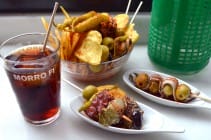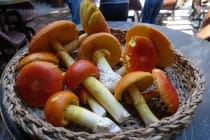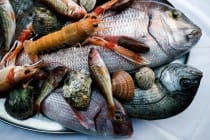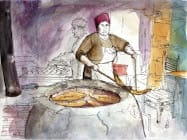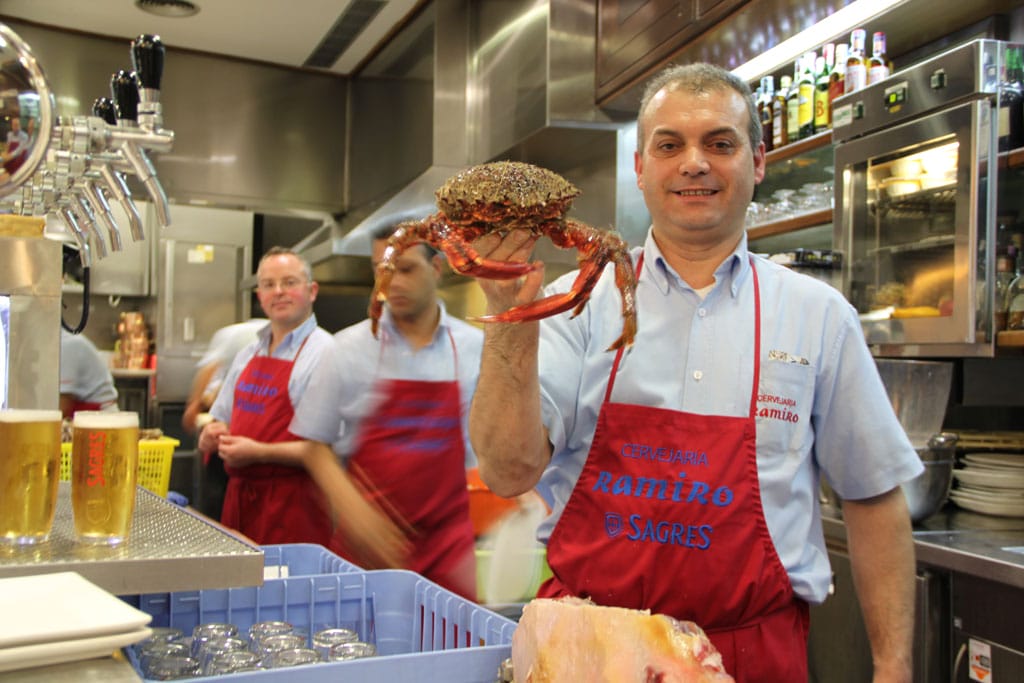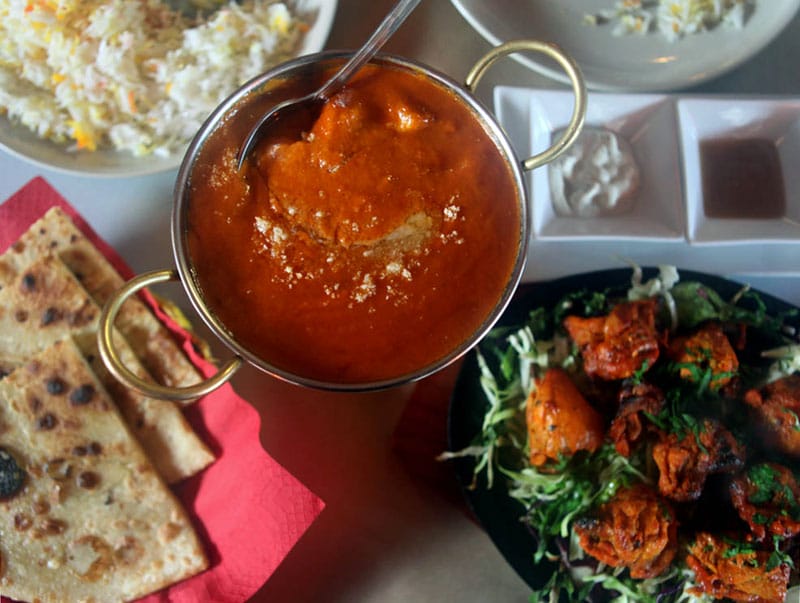Cervejaria Ramiro is the undisputed temple of seafood in central Lisbon. The 50-year-old business represents an old-school type of eatery: a beer hall where the seafood is fresh and cheap, with a choice from the daily menu or directly from the large aquariums that look out to the street.
Taking up two floors of a late-Art Nouveau building on Avenida Almirante Reis, Cervejaria Ramiro is perpetually crowded. The clientele has not been affected by the recent urban regeneration of the area, which is turning the degraded Intendente neighbourhood, long affected by social exclusion, into a fashionable district. In fact, the restaurant was already popular in the 1970s, when eating seafood was new to the capital. In those times, Ramiro – the forefather of this family business – decided to convert his modest, working-class tavern into a new trend. As a migrant from Galicia, the northwestern Spanish region where the cold water and nautical traditions made seafood a pillar of its gastronomy, he was one of the first to introduce shellfish to Lisbon – now a staple of the dining-out scene.
Ramiro is what Lisboetas call a “successful Galician,” due to his business achievements. Galician migration is not a recent phenomenon here; due to the geographical and cultural closeness, many people tried their luck in Portugal during several historical moments – particularly in the 18th century, when workers came to help reconstruct Lisbon after the earthquake, and later in the 20th century, when escaping from the Spanish civil war. Like a lot of Portuguese abroad, many Galicians dedicated their life to gastronomy, merging their traditions with local food habits.
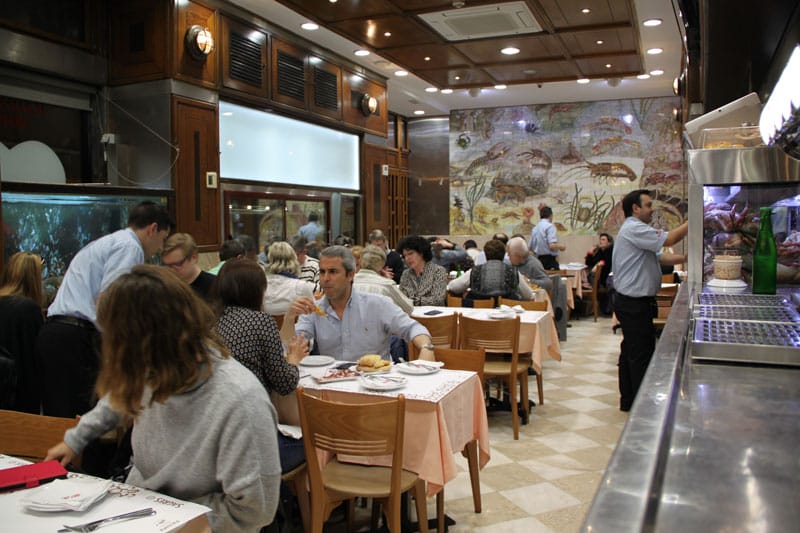
Nowadays, there’s a never-ending queue of locals and tourists who want to try the signature fare, which includes Ramiro’s classic sapateira, stone crab stuffed with a pâté composed of its meatier parts and accompanied by a mayonnaise, egg and mustard sauce, served with crusty and buttery warm bread. Gamba á la aguilho, shrimp with garlic and pepper cooked with brandy and lemon, is another appetizing dish. But there’s a huge assortment of quality seafood, including giant Mozambican prawns, carabineiros (scarlet shrimp) and barnacles. The starter of tiny Porto shrimps, normally hard to find in Lisbon, is a must.
Another speciality of this restaurant is the ham, 5J Pata Negra, one of the most desirable hams in all of the Peninsula. It has been on the menu since the 1960s, which reflects Ramiro’s secret passion for hunting in Andalusia – the southern region of Spain abundant with black pigs.
CB’s suggested “dessert” is a heady one: the prego (a garlic-laced beef sandwich) at Cervejaria Ramiro is another icon of Lisbon, known as the most succulent of its kind in the city. “The secret of our prego is to eat it after the seafood,” says manager Pedro Gonçalves. “It ends the food journey that we provide at our restaurant, which navigates different coasts and, finally, comes back to the land.”
Decorated with marine motifs, memories of seafaring discoveries and portraits of Ramiro himself, this restaurant is characterized by a frenzy of friendly, fast waiters and loud chatter. Even though this eatery has become an obligatory listing in pretty much any food guide to Lisbon, especially after the tourist boom kicked off in 2008, it is still a reference point among locals, meaning the informal and bustling atmosphere remains intact. Far from being sophisticated, its emblematic status is due, simply, to the outstanding quality of the ingredients.
 February 6, 2013 Red Elephant
February 6, 2013 Red Elephant
The first wave of Indian, Pakistani and Bangladeshi immigrants arrived in Athens in the […] Posted in Athens January 21, 2022 Recipe
January 21, 2022 Recipe
Legumes have been at the core of the Greek diet since antiquity, with chickpeas being […] Posted in Athens July 9, 2017 The Best Souvlaki in Athens
July 9, 2017 The Best Souvlaki in Athens
The best souvlaki in Athens-- which is among the culinary secrets enjoyed on our […] Posted in Athens
Published on April 07, 2016
Related stories
February 6, 2013
AthensThe first wave of Indian, Pakistani and Bangladeshi immigrants arrived in Athens in the early 2000s, bringing a new eating culture with them. This was a time of prosperity in Greece and consequently the first South Asian restaurants, such as the now-defunct Pak Indian, were welcomed with open arms by Greeks who were willing to…
January 21, 2022
AthensLegumes have been at the core of the Greek diet since antiquity, with chickpeas being especially popular. We find references to them, and the ways they were cooked, in the works of several ancient writers and poets, including Homer, whose epic poems provide insight into the eating and cooking habits of the time (roughly the…
July 9, 2017
AthensThe best souvlaki in Athens-- which is among the culinary secrets enjoyed on our downtown walk--will give you a big smile, good enough to take a happy food selfie. The city at it's best.

















